Top Secrets to Making Your Fruits and Veggies Last Longer
There’s nothing quite like biting into a fresh, juicy strawberry. Or making creamy mashed potatoes from scratch instead of settling for paste-like dried flakes. But unfortunately, fresh produce can go bad too quickly, which is stressful when you’re trying to meal plan and wasteful when you find yourself throwing out expensive food week after week.
Luckily, there’s a solution. Besides opting for the highest quality, freshest produce available in your area, you can also do a few things when you get home to prolong the life of your fruits and vegetables.
As a general rule, be sure to always shop for produce that’s in season and store it properly once you get home. Even if you don’t have a very specific meal plan, have a general idea of when you plan to eat everything you buy, and try not to buy too much at once (no matter how tempting those peaches look!). Finally, follow these simple tips for keeping all of your expensive, delicious fresh fruits and yummy veggies fresh for as long as possible.
1. Onions

 Pantyhose keep onions fresh for 6 months. | iStock.com/Jelenast
Pantyhose keep onions fresh for 6 months. | iStock.com/Jelenast
Onions last a pretty long time no matter what you do, but you can keep them fresh for a whopping six months with just a regular old pair of pantyhose.
Start with a clean pair of pantyhose. Add onions to each leg, tying knots between each whole onion as you go. Once you’re done, hang the onion legs in a cool, dry place such as a pantry or cellar until you’re ready to enjoy. No pantyhose? A mesh bag will work similarly.
2. Strawberries

 Berries do well with a quick vinegar bath. | Sandra Mu/Getty Images
Berries do well with a quick vinegar bath. | Sandra Mu/Getty Images
Keep your lovely strawberries (or other berries) fresh for longer by giving them a quick vinegar bath. Pour ½ cup of white vinegar and 2 ½ cups of water into a bowl and soak your berries for a few minutes. Don’t worry — this won’t alter the taste at all!
Rinse them thoroughly in a colander and dry with paper towels. Keep them in the fridge on top of fresh paper towels for up to one week. Be sure to keep the stems on to prolong their lifespan.
3. Peaches

 Fresh peaches are like little slices of heaven. | iStock.com
Fresh peaches are like little slices of heaven. | iStock.com
First, you’ll need to determine if you’re dealing with ripe or unripe peaches. You should store unripe ones in a paper bag separate from ripe ones. Keep them stored loosely and never store them in an airtight container. Also, make sure to store them at room temperature on your counter and never put them in the fridge. Then, check the bag every few days and remove any ripened fruits.
For ripe peaches, rinse them under cool, running water and dry gently with a paper towel. Place them in a sealable plastic bag, so that you can prevent airflow. You can put a few in per bag, but don’t jam in too many. Then, keep your ripe peaches stored in the refrigerator for several days.
When you’re ready to eat one, remove your peach from the fridge and allow it to reach room temperature before taking a bite. This ensures maximum sweetness (and yumminess).
4. Lettuce
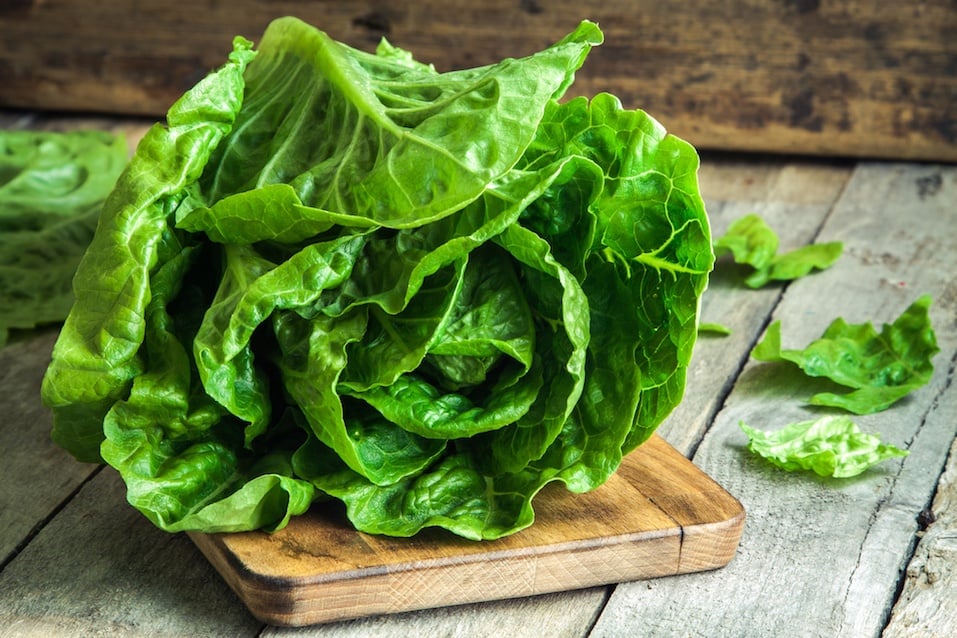
 There’s nothing like fresh lettuce. | Wmaster890/Getty Images
There’s nothing like fresh lettuce. | Wmaster890/Getty Images
In general, Romaine lettuce lasts longer than iceberg, and it’s also much healthier, with up to 10 times the vitamins and minerals. So, when you can, look for leafy greens rather than iceberg.
But no matter what you choose, be sure to store your lettuce in the crisper drawer of your fridge to keep it from going prematurely brown. Wrap the washed leaves in paper towels to absorb excess moisture and then keep them sealed in a plastic bag or glass jar to keep fresh for up to two weeks.
5. Bananas
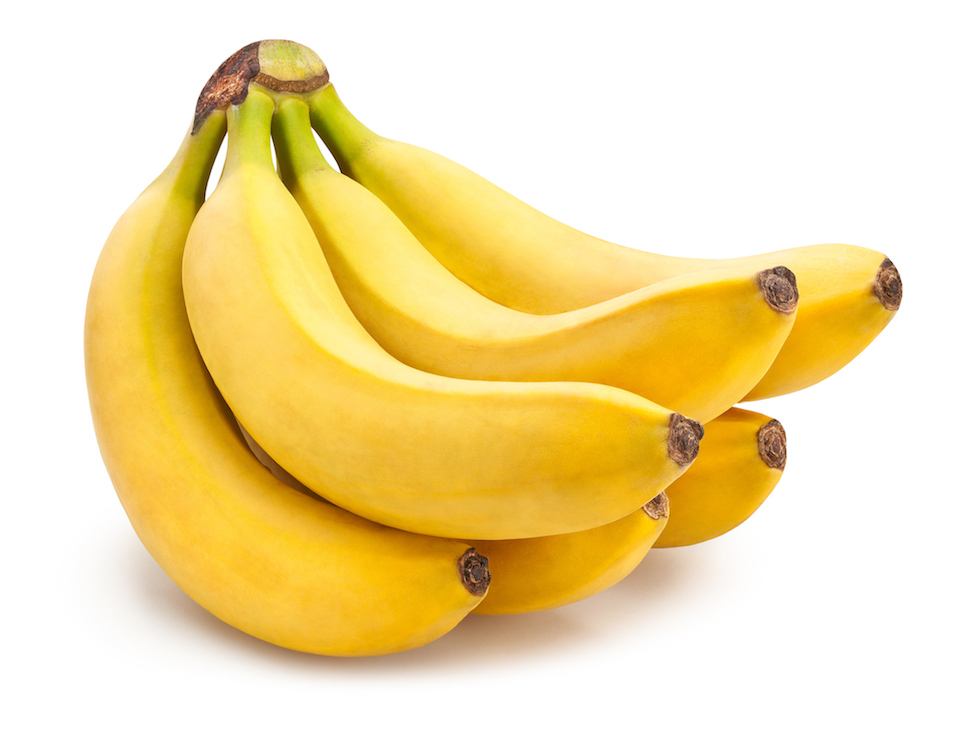
 Wrap the stems for prolonged banana lifespan. | Oleksandr Perepelytsia/Getty Images
Wrap the stems for prolonged banana lifespan. | Oleksandr Perepelytsia/Getty Images
Watching a perfectly good batch of bananas turn brown is depressing. To make them last longer, simply wrap the stem in regular plastic wrap. Doing so prevents the production of ethylene gas, which occurs naturally as part of the ripening process. Also, remember to never keep bananas in the refrigerator and keep them suspended with a hook or banana hammock rather than resting on the counter.
Finally, if your bananas do go brown, don’t toss them! Make a quick batch of banana bread (which tastes a million times better with overripe bananas) or throw them in your morning smoothie. The browner the banana, the sweeter the taste.
6. Garlic

 This one’s for all the garlic lovers out there. | iStock.com
This one’s for all the garlic lovers out there. | iStock.com
Garlic should be stored at room temperature and in low humidity. Keep it in a mesh or wire basket, or even in a paper bag to prolong freshness.
For long term storing, you can freeze garlic (although this practice is slightly controversial as some say it alters the taste slightly). Freeze whole, unpeeled garlic cloves by wrapping them in plastic wrap or aluminum foil. Or peel, crush, or chop your cloves before freezing, if you prefer.
7. Celery

 This trick will keep celery fresh. | NTCo/Getty Images
This trick will keep celery fresh. | NTCo/Getty Images
This one’s a little strange, but it’s true: Keeping your celery stored in aluminum foil prevents wilting and rotting. Put celery in the produce drawer tightly wrapped in foil and it will last for several weeks.
8. Avocados

 Don’t let those beloved avocados rot. | MiMaLeFi/Getty Images
Don’t let those beloved avocados rot. | MiMaLeFi/Getty Images
Avocados are the new darlings of the produce section thanks to a meteoric rise in popularity over the past couple of years. If you’re one of the many who has jumped on this bandwagon, you may be wondering how to store this delicious, heart-healthy fruit.
Unripe avocados can take between four and five days to ripen at room temperature and should be stored out of direct sunlight. Once ripe, keep them in the fridge for two to three days to halt the process and make them last longer.
9. Apples

 You gotta keep them separated. | iStock.com
You gotta keep them separated. | iStock.com
Apples typically last for two to three weeks. Like other produce items, buying them in season is the best way to ensure that they last the longest. But once you’ve brought them home, there are three things you can do to make sure your apples stay crisp and delicious for as long as possible.
First, keep them uncut. Once you cut an apple, the oxygen in the air starts the browning process. Second, store your apples in the crisper drawer of your fridge to maximize shelf life. Like avocados, apples produce ethylene gas, which softens and ripens them progressively by the day. Keeping them cold helps to slow this process. Finally, keep your apples separated from other produce. Your apples will ripen right along with other fruits and veggies, and segregating them can help to prevent this.
10. Citrus fruit
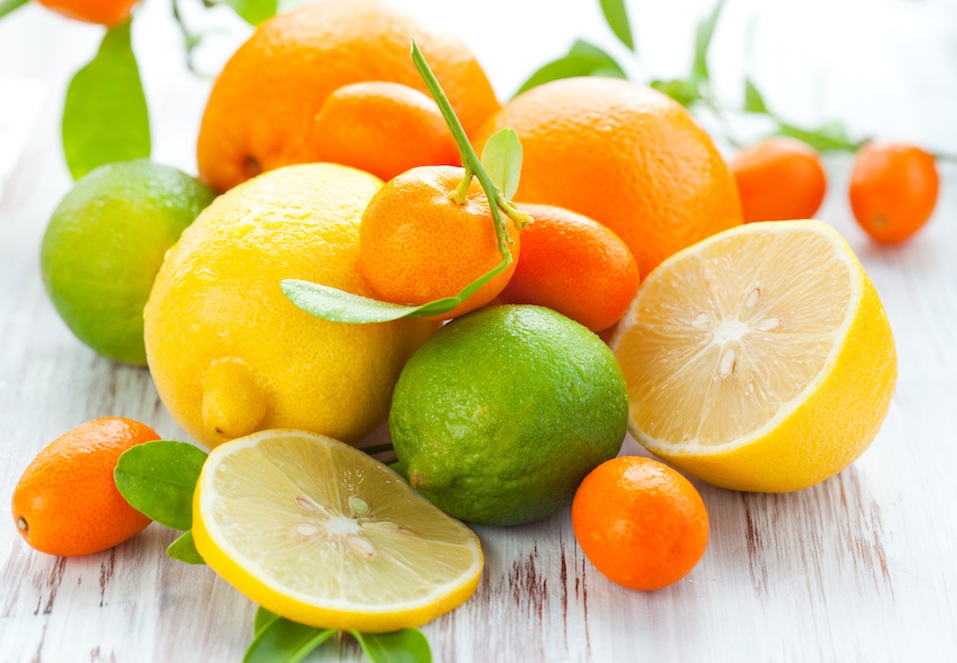
 Keep citrus in the crisper. | Sarsmis/Getty Images
Keep citrus in the crisper. | Sarsmis/Getty Images
As long as they’re kept out of direct sunlight, citrus fruits such as oranges, tangerines, grapefruit and lemons do just fine sitting out at room temperature. But if you want to make your citrus last even longer, try keeping them in the crisper drawer of your refrigerator separated from your other fruits and veggies.
Before enjoying, allow them to sit out and reach room temperature for 15-20 minutes to make peeling easier and to ensure maximum sweetness.
11. Grapes
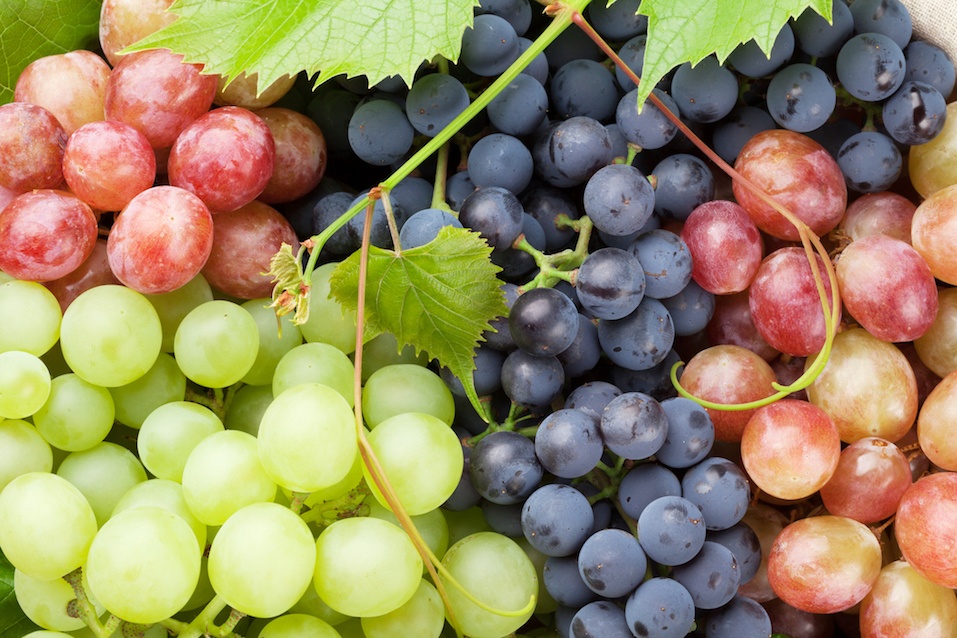
 Don’t wash those grapes right away. | Karandaev/Getty Images
Don’t wash those grapes right away. | Karandaev/Getty Images
Keep your grapes unwashed and refrigerated until you’re ready to eat them. Moisture is the enemy here, as it promotes mold growth. When properly stored, grapes can last from one to two weeks.
Want your grapes to last even longer? Throw them in the freezer for a delicious, low-calorie hot day treat that lasts up to 12 months.
12. Peppers

 Eat the colorful ones first. | iStock.com
Eat the colorful ones first. | iStock.com
As a rule, green peppers tend to last longer than other colors, so be sure to use up your reds, oranges, and yellows first, if possible. When stored properly, most peppers will stay fresh for one to two weeks.
Store all of your peppers in a plastic bag or produce bag in the crisper drawer of the fridge to maximize shelf life.
13. Fresh herbs
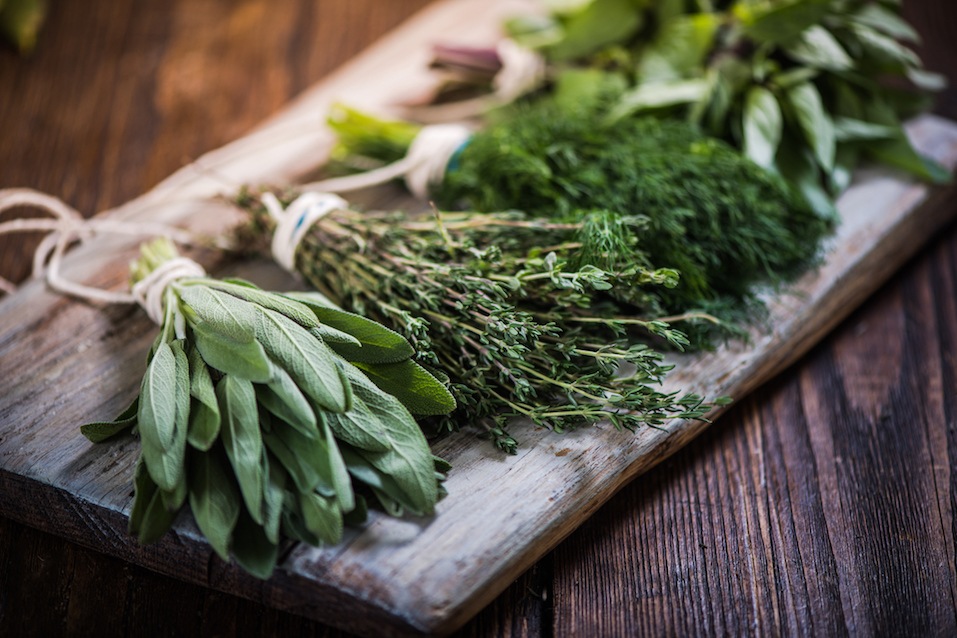
 Fresh herbs taste better. | Merc67/Getty Images
Fresh herbs taste better. | Merc67/Getty Images
Want your dishes to taste a million times better? Try using fresh herbs rather than dried. If you buy too much basil, parsley, or cilantro, you can actually store them just like you would fresh flowers. Trim the ends and keep them in water on the counter at room temperature.
For chives, thyme, and rosemary, try wrapping them loosely in plastic wrap and placing them in the warmest part of your refrigerator (generally the door). Try placing them inside a paper towel before shrouding in plastic wrap if you’re concerned about crushing them. And be sure not to rinse your herbs until right before you use them.
14. Potatoes

 Moldy potatoes are the worst. | iStock.com/Stocksnapper
Moldy potatoes are the worst. | iStock.com/Stocksnapper
Potatoes last for a really, really long time — and sometimes that’s a problem. If you forget to use them, you might wind up with a moldy potato, which smells truly awful and makes a really gross, brown, dripping mess.
To avoid that hassle, be sure to store your potatoes in a cool, dry, well-ventilated place. Don’t keep your potatoes in the fridge, or the starches may convert to sugar and give you an entirely different taste profile. Also, don’t ever wash potatoes before storing, as dampness leads to mold faster. Lastly, keep them out of direct sunlight, and don’t let them get too hot.
15. Tomatoes

 Never put tomatoes in the fridge. | iStock.com
Never put tomatoes in the fridge. | iStock.com
Don’t ever put tomatoes in the refrigerator — this can alter their flavor profile dramatically and make them dry and mealy inside. Instead, keep your tomatoes in a single layer, not touching, and out of direct sunlight. Store them with the stem side down when they’re fully ripe to keep them fresh as long as possible.
16. Mushrooms

 Bag up your mushrooms. | iStock.com/Budgetstockphoto
Bag up your mushrooms. | iStock.com/Budgetstockphoto
Instead of washing mushrooms, wipe them off and store them in a paper bag in the main part of your fridge — not the produce drawer. The bag will help to absorb any excess moisture. Also, be sure not to store your mushrooms near other foods with strong odors or flavors, as mushrooms tend to absorb these.
Source: Read Full Article


